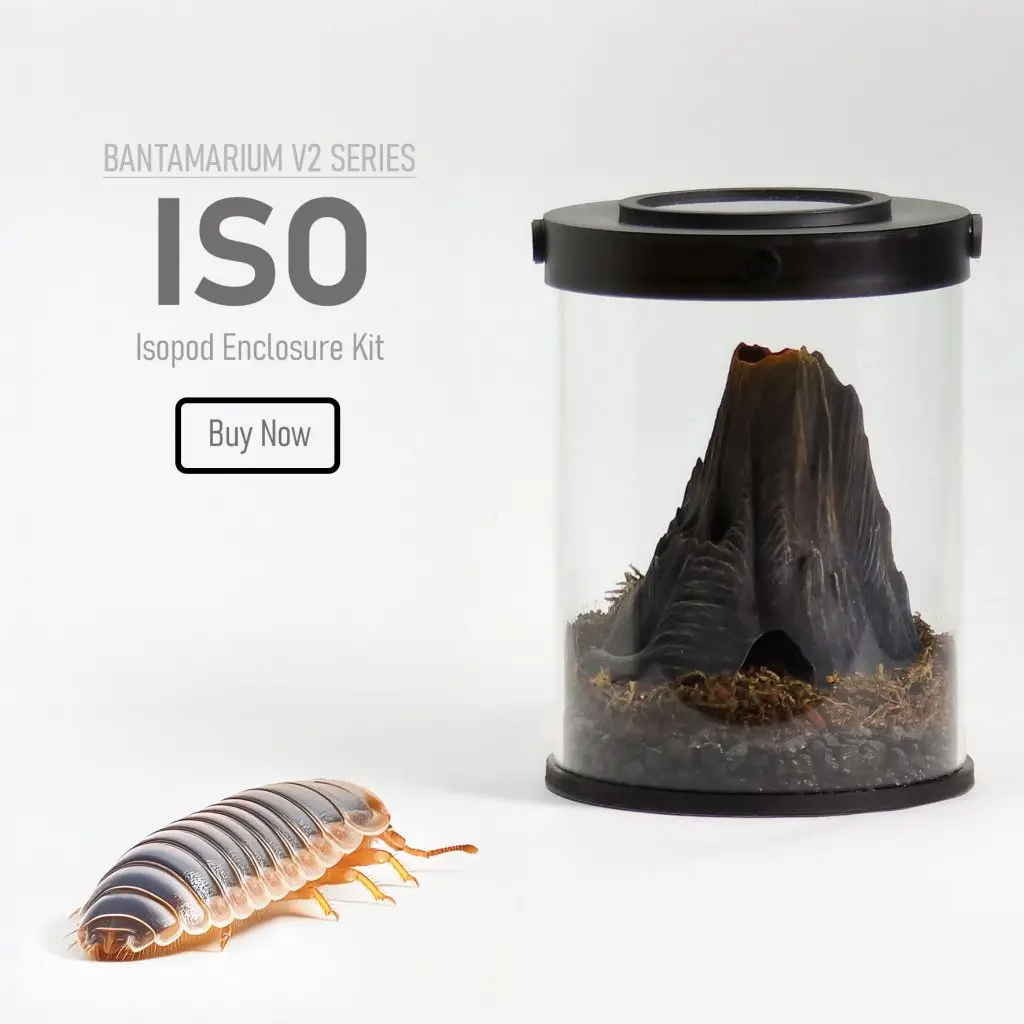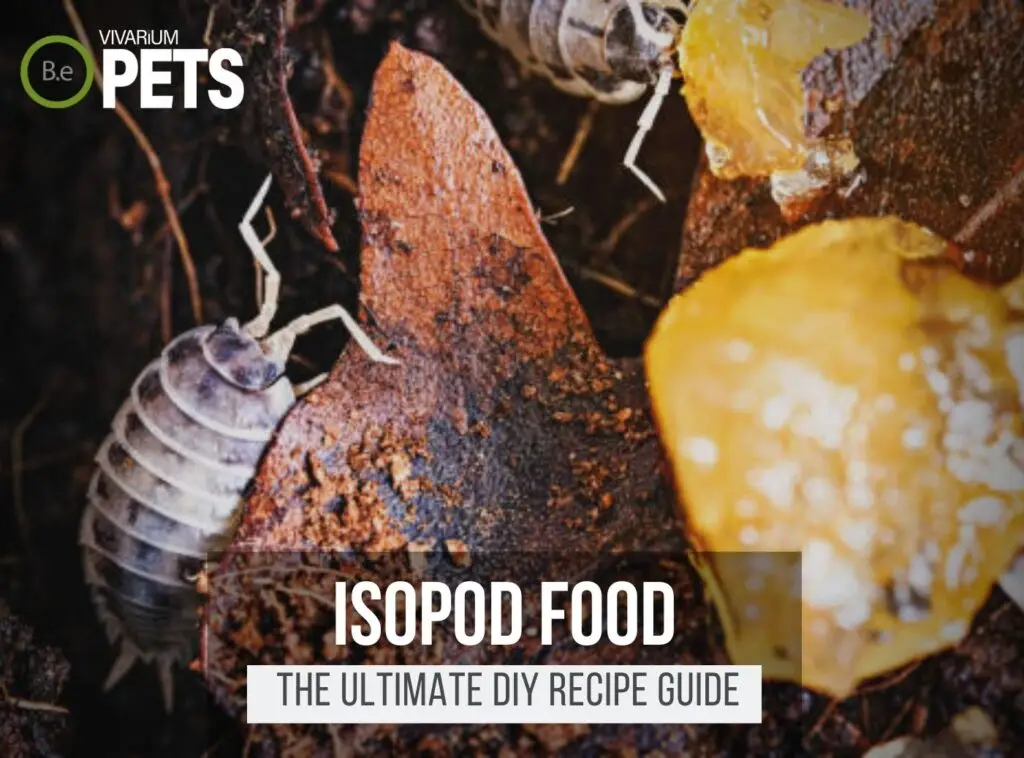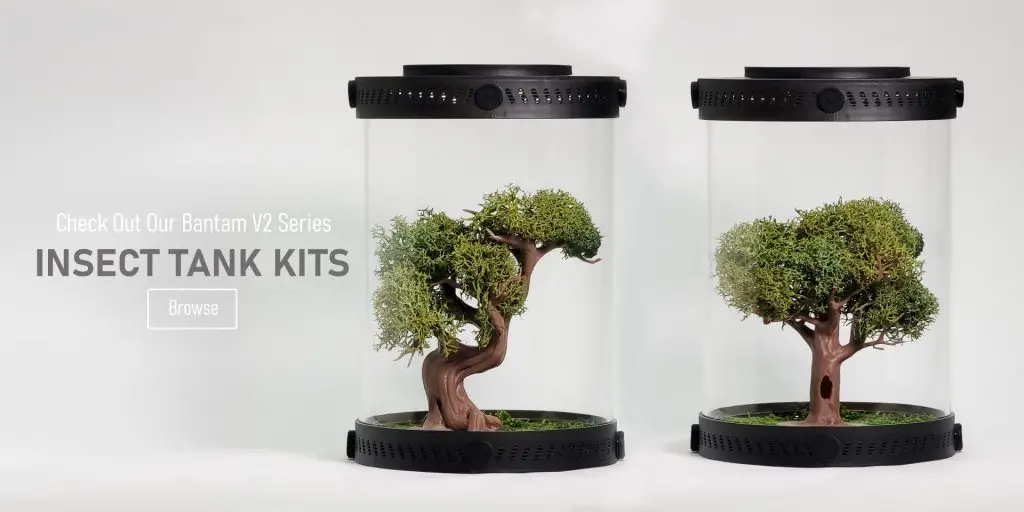Are you looking for a unique pet that is low maintenance and fun to care for? Then look no further than the Cubaris murina, also known as the Little Sea isopod.
Isopods are small, semi-aquatic crustaceans that are fascinating to watch and a great addition to any home.
From creating the perfect habitat to understanding their behavior, this article will help you get started in caring for your newfound pet.
Read on to learn how to properly look after your Cubaris Isopods.
Table Of Contents:
ToggleWhat Are Cubaris murina?
Cubaris murina is a small crustacean that belongs to the order Isopoda.
This species is found mainly in the Indo-Pacific region, but it can also be found in other places such as the tropical Atlantic Ocean and the Caribbean Sea.
Their scientific name arises from the Latin words “cubare” which means “to lie” and “murina” which is the name of a group of mollusks.
The common name of the species is related to its appearance as well, due to its smooth small body being easily mistaken for a little sea creature.
Create an ideal habitat for your Little Sea Isopods with our Customizable Isopod Terrarium Kits, which include everything you need to get started.
What Do Little Sea Isopods Look Like?
Cubaris murina is a type of isopod, which is a small crustacean that belongs to the same family as crabs and shrimp.
Some of the most common colors are pale white, yellowish-brown, and dark brown. On top of their body are two antennae, six pairs of legs, and two pairs of antennae-like structures called pereiopods.
They also possess two small, triangular claws that can be used to scavenge for food.
Benefits Of Using Cubaris murina
The Cubaris murina is a small species of isopod, commonly found in coastal regions or around river mouths.
They are an ideal addition to vivariums as they are a great cleanup crew, helping to break down organic matter and maintain a healthy environment.
They also provide great stress relief for other small inhabitants, as their foraging around the tank can be quite amusing to watch.
The Cubaris murina is also a high protein feeder, making them an excellent food source for larger animals such as amphibians, lizards, and even fish.
Lastly, they are very easy to care for and require minimal effort, making them ideal for beginning isopod keepers.


Cubaris murina Facts
Cubaris murina is a semi-aquatic isopod found naturally in moist soils around brackish waters and can be kept as a pet.
These isopods are scavengers, require a highly humid environment, and can reproduce quickly with proper care.
They are fairly docile, active during the day, and best kept in small groups for harmony.
Habitat
Cubaris Murina Isopods are native to the Gulf of Mexico. They inhabit brackish waters with a pH balance of 6.5-7.5.
The isopods gain protection from their environment by creating burrows beneath the substrate that they inhabit.
They will also occasionally move into deeper elements, where they will spend most of their time hiding in crevices and the nooks of mangrove trees.
Cubaris murina is known to be an active species, scavenging for food in the daytime, whilst returning to the safety of their burrows or crevices at night.
They are also an incredibly resilient species and can survive in a wide range of temperatures and salinity levels.
Replicate their natural habitat perfectly with our Bioactive Isopod Substrate Blend, designed to provide the ideal moisture and organic content for your isopods.
Diet
In the wild, Cubaris Murina Isopods are scavengers and feed on decaying plant material, small invertebrates, and aquatic microorganisms.
They forage in the water for food and are active both day and night. It is thought that they also consume animal feces and other detritus in the environment.
Temperament
Cubaris Murina Isopods are typically very docile and appear to be unafraid of humans. Although they cannot be handled often, they can be generally safe to touch when they are spatially comfortable.
When disturbed, they may move quickly and hide in their substrate, but they typically do not bite.
In terms of social behavior, these isopods engage in communication with other isopods in a tank, but they are not overly territorial.
While they may occasionally fight as a result of competition for food or space, they mainly communicate through antennae and some gentle touching.
As such, housing multiple isopods together is generally helpful for keeping them stress-free.
Lifespan
Little Sea Isopods have a lifespan of approximately four years when properly cared for.
During this time, the females will lay eggs in specially-formed cysts. Each cyst will contain between 5 to 7 eggs and the entire reproductive cycle is estimated to take around 3 months to complete.
Once hatched, they will molt repeatedly until they reach their adult form. After this, they will mate, with the female laying eggs for the next generation.
Breeding
Cubaris murina generally reproduces sexually and mating occurs when a male and female isopod meet and interact in the same habitat.
During mating, the male deposits sperm directly onto the abdomen of the female and then moves on to the next female.
This process is repeated until the males are unable to produce or release sperm.
The female then produces eggs in the form of a heavily pigmented cyst which is then deposited in a substrate or on a flat surface.
The eggs are usually produced in batches of up to fifty. The gestation period for the eggs is twenty to thirty days, with the young isopods hatching in small, dark cysts that appear like seeds.
Once hatched, the isopods can reach sexual maturity in as little as three to four months. At this point, they are ready to reproduce and the cycle can repeat itself.
Cubaris murina can produce multiple generations in the same tank and populations can increase rapidly.
Where To Find Cubaris murina
Cubaris Murina Isopods can often be found living in tidal flats, mudflats, and marshes along the Gulf Coast of the United States.
The best way to find them is to look for silt and mud flats near the water’s edge. Isopods can also be found on mangrove roots and other sheltered areas near the water.
After capture, they should be transferred to a container of dechlorinated water and kept in a dark, cool place.
It is also possible to buy Cubaris Murina Isopods from online pet stores, although it is important to do research beforehand to ensure you are sourcing from a reputable seller.
When purchasing, make sure to get a wide variety of sizes and genders to create a healthy tank.
Cubaris murina Care
Caring for Cubaris Murina Isopods is relatively easy. They require a humid terrarium setup with a balanced terrarium substrate mix.
A stable pH must be maintained and occasional misting with dechlorinated water is required. Isopods should be kept in small groups and provided with hiding places to promote harmony.
With these basic steps, any beginner aquarist can enjoy the companionship of these interesting and beneficial creatures.
Tank Requirements
The ideal tank requirements for Cubaris Murina Isopods are minimal but important. The best vivarium type is a 10-gallon aquarium with a lid, and the pH should remain between 6.5 and 7.5.
The ideal hardness is between 2 – 4 dKH and the temperature should usually remain around 78-82 degrees Fahrenheit.
For substrate, sand, peat moss, or coconut coir should be used, and the isopods greatly enjoy hiding places such as chunks of driftwood.
Terrarium lighting can vary but should be minimal and non-direct. The isopods do not need any special UV lighting, but some exposure is beneficial.
What Does Cubaris murina Eat?
Feeding your Cubaris Murina Isopods is important for their well-being and longevity. These isopods require both plant and animal material, so providing them with a balanced diet is essential to their health.
You can feed your Cubaris Murina Isopods a variety of foods including leaf material, vegetables, algae, and other plant material.
Other items they can consume include cooked fish or shrimp, small worms, and other insect-based proteins. Be sure to remove any uneaten food to avoid contamination in the tank.
Additional items you can feed your isopods include small pieces of cooked fruit, citrus rinds, and crushed eggshells. Avoid feeding them anything with high sugar content as this can cause problems.
Overall, it is important to not overfeed your isopods as this can lead to illness and suffering. A well-rounded diet of both plant and animal material will help ensure a healthy and fulfilled life for your Cubaris Murina Isopods.
If you’re more of an avid hobbyist like myself, be sure to check out my ultimate DIY Isopod food guide. I give a more in-depth explanation of the best foods and my favorite recipe.
Best Tankmates For Cubaris murina
Tankmates should be chosen carefully when keeping Cubaris Murina Isopods since they may compete with each other for food and space.
Good tank mates for these isopods include other isopod species, springtails, snails, some species of shrimp, and small, peaceful fish.
With the right tankmates, your isopod tank can be a thriving, diverse ecosystem.
Conclusion
Caring for Cubaris Murina Isopods is simple yet rewarding. They are the perfect alternative to traditional pet options, providing stress relief and a natural clean-up crew.
Proper care and attention can ensure your Little Sea Isopod thrives and lives a healthy, long life. With the right knowledge, you can provide a safe and enjoyable home for your isopod for many years to come.
Create the ideal habitat for your isopods with our species-specific soil mixes and Insect Enclosure Kits. These products provide everything you need for a successful and thriving isopod colony.
Frequently Asked Questions
Yes, Cubaris murina isopods are known to burrow into the substrate, often creating complex network of tunnels.
Accordion The speed of breeding for Cubaris murina depends on several factors such as temperature, food, and water availability. Generally, they breed throughout the year with a gestation period of about 6–7 months.
Little sea isopods are omnivorous, so their diet consists of a variety of food items such as algae, bits of dead animals, worms, and even plant material.
The Cubaris Murina is found in the tropical rainforests of Central and South America.
Cubaris murina, commonly known as the little sea isopod, can reach up to 2cm in length.







